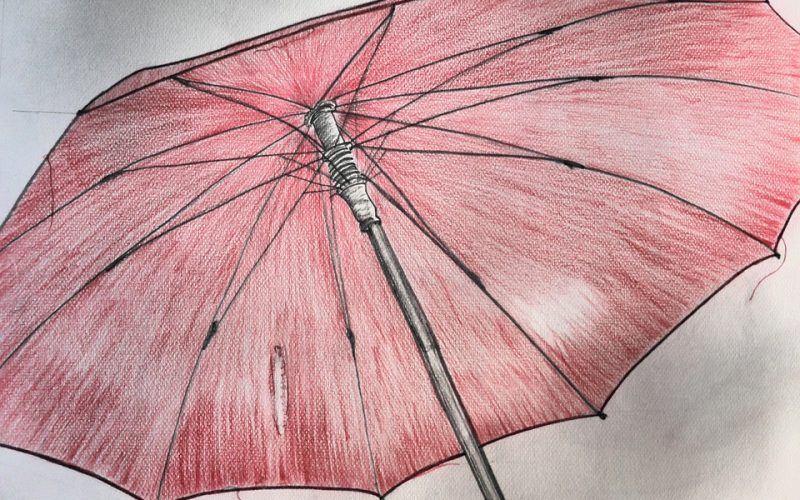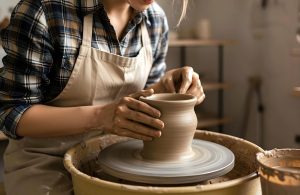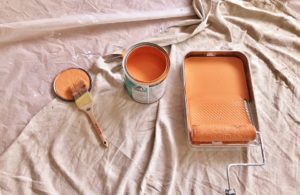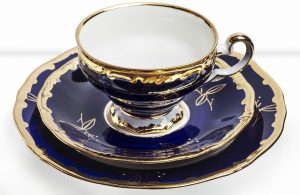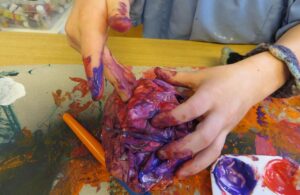From ancient vessels to modern installations, ceramic and glass have served as fundamental mediums for artistic expression throughout human history. These materials, shaped by heat and human ingenuity, capture cultural narratives, technological advancements, and aesthetic movements. Exploring significant works reveals not only the evolution of style but also the development of production techniques, from traditional hand-painting to the precision of modern transfer methods. The journey through these artworks showcases a blend of historical context and the ever-advancing craft of surface decoration.
Classical foundations and intricate surfaces
The story of ceramic art often begins with the functional yet highly decorated pottery of ancient civilisations. Greek amphorae and kraters, with their detailed red-and-black-figure paintings, chronicled mythology and daily life, establishing a strong link between form and narrative. Further east, Islamic art brought geometric and calligraphic complexity to architectural ceramics. The intricate tilework of the Alhambra in Spain or the Iznik pottery of the Ottoman Empire demonstrates a mastery of glaze chemistry and pattern. These early traditions laid the groundwork for surface decoration as a primary vehicle for artistic intent, a principle that continues to influence artists today.
The global pursuit of porcelain perfection
For centuries, Chinese porcelain represented the pinnacle of ceramic achievement. Dynasties like the Ming and Qing produced vases and wares prized for their translucence, strength, and delicate cobalt blue underglazes. The quest to replicate this material spurred innovation across Europe, leading to the development of Meissen and Sèvres porcelain. Artists in these manufactories perfected elaborate overglaze painting. The methods for creating multiples of a single design evolved over time, eventually leading to techniques like ceramic transfers, which allowed for the consistent and detailed application of complex imagery across entire dinner services, making ornate designs more accessible.
Venetian glass and the birth of a legacy
While ceramics dominated many cultures, the artisans of Murano in Venice were pioneering revolutionary techniques in glassmaking from the 13th century onwards. They developed cristallo, a completely clear glass, and mastered intricate methods like millefiori (a thousand flowers) and filigrana. Venetian glass became a symbol of luxury and technical prowess, with its delicate forms and vibrant colours closely guarded secrets. This tradition of artistic glassblowing set a standard for craftsmanship and established glass not just as a functional material but as a medium for pure sculptural expression, influencing decorative arts for generations.
The studio glass movement and modern methods
The 20th century witnessed a radical shift with the rise of the Studio Glass Movement in the 1960s. Artists like Harvey Littleton and Dale Chihuly moved glass production out of industrial factories and into the artist's studio, prioritising individual creativity and sculptural form. Chihuly's large-scale, asymmetrical installations challenged traditional perceptions of the medium. In this contemporary context, modern techniques for surface decoration found new applications. Artists began using screen printed decals and glass transfers not just for commercial reproduction but as tools for layering complex, graphic elements onto their unique, hand-blown forms, merging traditional craft with contemporary design sensibilities.
Contemporary art and technological integration
Today, artists continue to push the boundaries of both ceramic and glass, often combining them with other media to create powerful installations. Ai Weiwei's "Sunflower Seeds" (2010), an installation of millions of individually handcrafted porcelain seeds, uses a traditional material to make a profound political statement. Similarly, contemporary ceramicists and glass artists employ modern technologies to achieve their vision. The use of ceramic transfers allows for the precise replication of photographic or digital imagery onto ceramic surfaces, enabling artists to engage with themes of memory and mass media. These methods support the conservation of historical patterns and also provide a means for contemporary artists to integrate digital precision with handmade objects, ensuring the artistic integrity of their work while exploring new visual languages.




